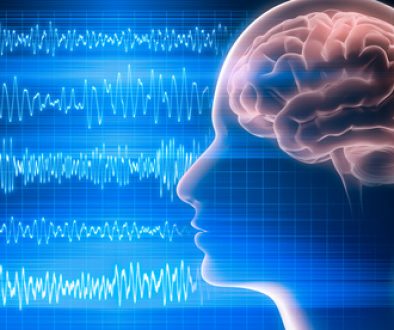ADHD and the Brain Map Findings
Example
“After taking all the measurements, I printed out the data and made some calculations to determine the areas of Jason’s brain that showed problematic activity. I go over my calculations with clients in detail to verify that the information I have gained about their condition matches their experiences and is the reason they are seeking or have been brought to me for treatment. This part concerns mostly the parents, but the child is kept as strongly engaged as possible during the review. I explain that some brainwaves are associated with slow activity in the brain, such as daydreaming; other brainwaves are associated with brain efficiency, others with trauma; and still others with processing information.The details of brainwave assessment are covered in Chapter 2.
Because children with ADHD often hear bad news when they go to physicians and psychologists, school counselors and teachers, I always start with the positive features found in the brain map, and good signs can always be found. In Jason’s case: That is a brainwave pattern that is correlated with a proclivity for artistic, spatial, and musical creativity. “Jason, look at this. Do you like to draw or build things or write or play music? This is the artist’s signature in the brain.” I could tell by the look on his father’s face and by Jasons’s smile that I had guessed right. He is always drawing and building stuff, said Dad enthusiastically. He used to be crazy about Legos and now he builds models. He also takes apart a lot of things and forgets to put them back together. Dad looked at me curiously and asked How did you know that about Jason. p.12. From Biofeedback for the Brain by Paul G. Swingle, Ph.D.
The brain map is a wealth of information that provides answers of causes and solutions. Drs. Kelsey



